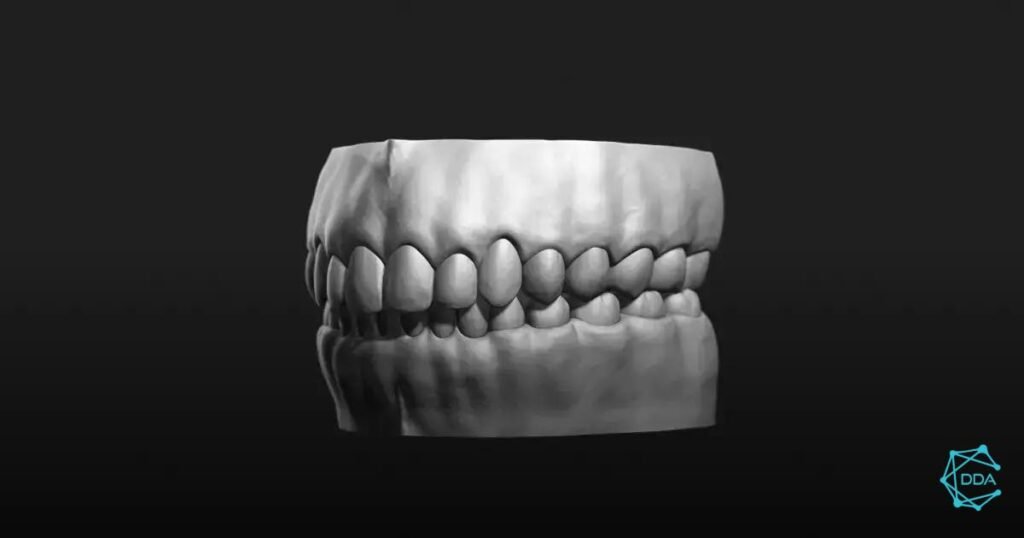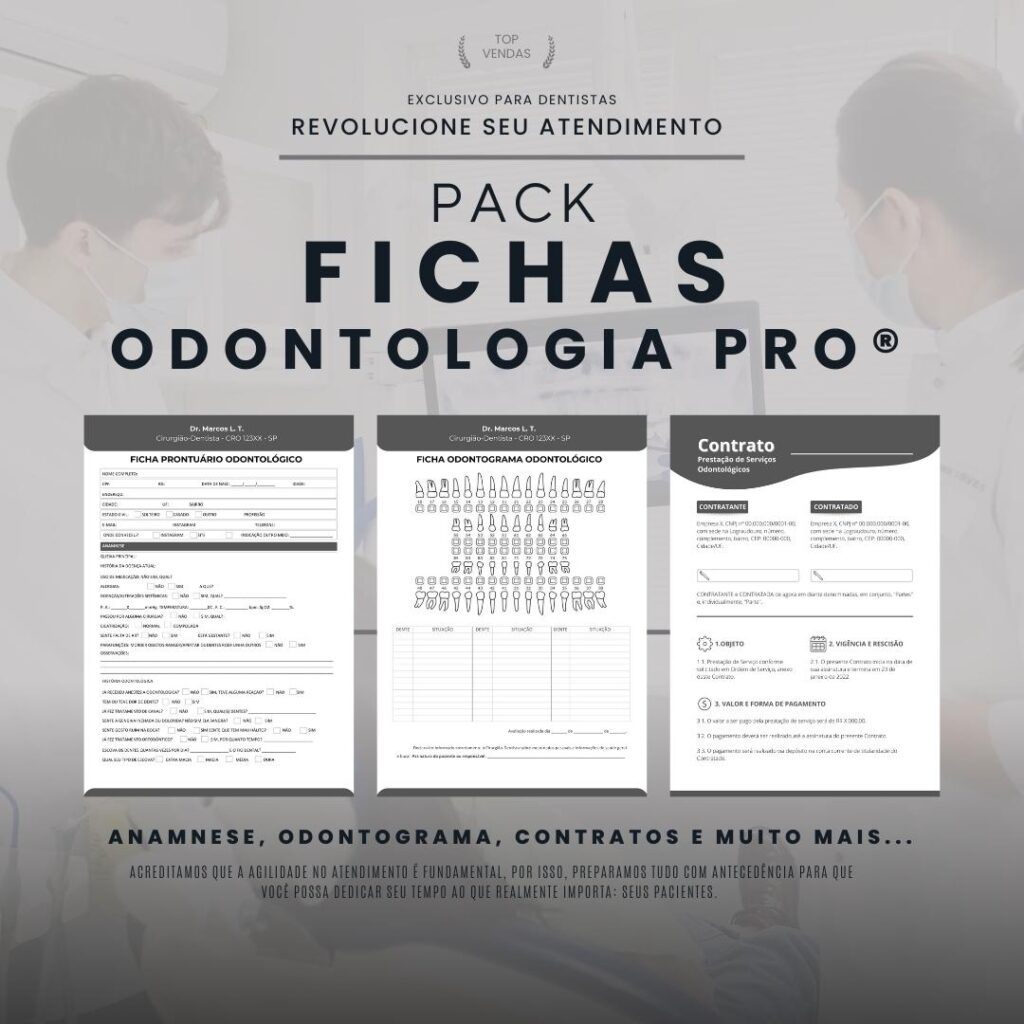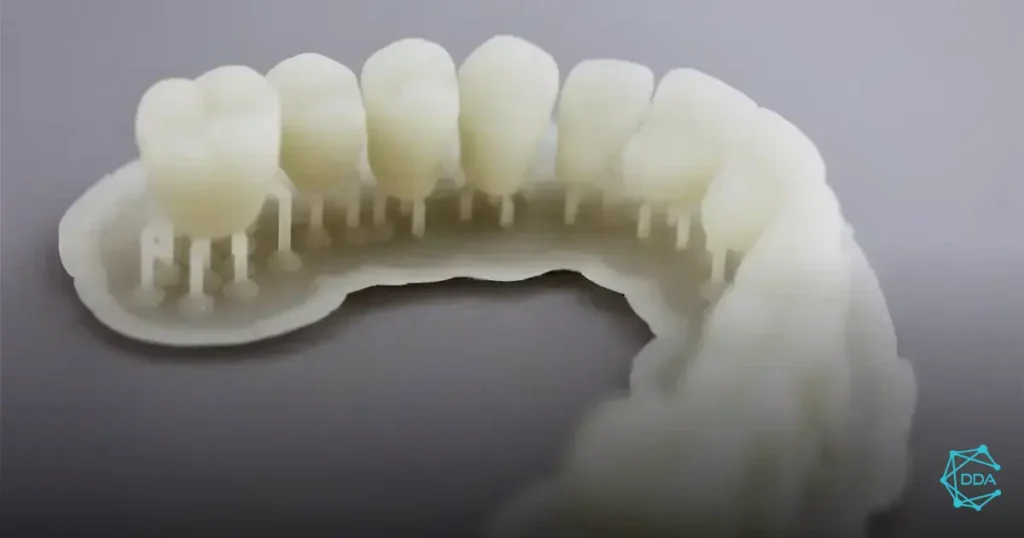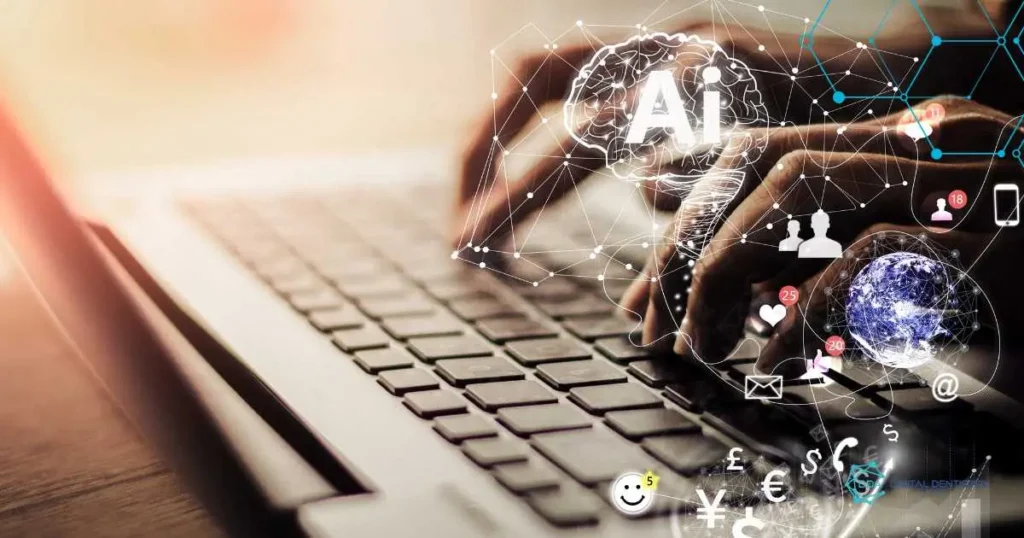O dental technology training It is crucial to ensure that professionals in the field are up to date with the latest innovations and best practices in the industry. With technology constantly advancing, it is essential that dentists and their teams are trained to provide quality care. In this article, we will discuss valuable tips for implementing effective training, covering everything from the importance of technology to future trends that will shape dentistry.
Importance of Technology in Dentistry


A technology in dentistry plays a fundamental role in transforming treatments and the patient experience. With the introduction of modern equipment and innovative techniques, professionals are able to offer more effective and safer care.
One of the main benefits is the accuracy in diagnoses. Technologies such as digital x-rays and intraoral scanners allow dentists to identify problems more quickly and accurately, resulting in more effective treatment plans.
Furthermore, technology improves the efficiency of procedures. Tools such as lasers and CAD/CAM systems enable less invasive treatments with faster recovery times, which is a great advantage for patients.
The patient experience is also enhanced by the use of technology. Online scheduling systems and automatic reminders increase convenience, while the use of augmented reality can help visualize treatments, providing greater comfort and confidence to the patient.
Ultimately, technology in dentistry not only improves clinical outcomes, but also contributes to office sustainability. By digitizing processes, it is possible to reduce the use of paper and minimize waste, aligning with environmentally responsible practices.
Effective Training Methodologies


To the effective training methodologies are essential to ensure that dental professionals acquire the skills needed to use the latest technologies. A well-structured approach can make all the difference in the absorption of knowledge and the practical application of techniques.
One of the most effective methodologies is the practical learning. Providing professionals with the opportunity to work directly with technologies in a controlled environment allows them to develop confidence and competence. Simulations and hands-on workshops are great ways to implement this type of learning.
Another approach is the use of e-learning. Online platforms offer flexibility and accessibility, allowing dentists and their teams to learn at their own pace. Additionally, online courses can include videos, quizzes, and discussion forums, enriching the learning experience.
O mentored also stands out as an effective methodology. Guidance from more experienced professionals can accelerate learning and help resolve doubts. Mentoring programs can be structured so that beginners have access to experts who can guide them in applying the technologies.
Finally, the continuous assessment is crucial to measuring the effectiveness of training. Regular feedback and periodic assessments help identify areas for improvement and ensure that professionals are always up to date with the best practices in modern dentistry.
Technological Tools for Healthcare Professionals


To the technological tools for health professionals have revolutionized the way dentists and their teams operate. By using these tools, it is possible to optimize processes, improve communication and, consequently, offer quality care to patients.
One of the most impactful tools is the practice management software. These systems allow professionals to manage appointments, medical records and billing in an integrated manner, saving time and reducing administrative errors. In addition, many of these software programs offer features for sending automatic reminders to patients, improving attendance rates.
Another important technology is the intraoral scanners. These devices allow the capture of fingerprints from the patient's mouth, resulting in a more comfortable and accurate process for making dentures and aligners. With this technology, dentists can offer faster, higher-quality care.
You dental lasers Lasers have also gained prominence in clinical practice. They are used for a variety of procedures, from removing cavities to treating gingivitis. The use of lasers not only reduces patient discomfort but also speeds up recovery time.
Finally, the teledentistry tools have proven to be essential, especially in times of pandemic. They allow remote consultations, where dentists can evaluate and guide patients without the need for in-person visits. This not only increases access to dental care, but also makes it easier to monitor ongoing treatments.
Evaluation and Feedback in Training


A evaluation and feedback in training are crucial components to ensure the effectiveness of the methodologies applied. Without a well-structured evaluation system, it is difficult to measure the progress of professionals and identify areas that need improvement.
An effective approach is to implement periodic evaluations during the training. This may include practical and theoretical tests that help measure understanding of the technologies and techniques taught. These assessments not only help verify learning, but also encourage participants to stay engaged and motivated.
Furthermore, the continuous feedback is essential for professional development. Providing constructive feedback after assessments can help trainees identify their strengths and weaknesses. Feedback should be specific and improvement-oriented, allowing professionals to know exactly where they should focus their efforts.
A best practice is to perform group feedback sessions, where participants can share experiences and learn from each other. This collaborative environment promotes deeper learning, as professionals can discuss the difficulties faced and the solutions found.
Finally, the self-assessment should also be encouraged. Encouraging professionals to reflect on their own learning and progress can increase awareness of their skills and areas for development. This creates a cycle of continuous learning, where professionals become more proactive in their training and improvement.
Future Trends in Dental Technology


To the future trends in dental technology promise to further revolutionize the field of dentistry, bringing innovations that aim to improve both the patient experience and the efficiency of professionals. Keeping up with these trends is essential for dentists to remain competitive and up-to-date.
One of the main trends is the artificial intelligence (AI). AI is increasingly being used for data analysis, diagnostics, and even treatment planning. AI tools can help dentists identify dental problems more accurately and quickly, as well as customize treatment plans based on each patient’s specific needs.
Another rising trend is 3D printing. This technology allows the creation of prosthetics, aligners and other dental devices quickly and in a personalized way. With 3D printing, dentists can reduce patient waiting times and improve the precision of treatments, offering more satisfactory results.
A augmented reality (AR) and the virtual reality (VR) are also gaining ground in dentistry. These technologies can be used to train professionals, allowing them to practice procedures in virtual environments before performing them on real patients. In addition, AR can be used during consultations to help visualize treatments and communicate with patients.
Finally, the teleodontology should continue to expand. With the growing acceptance of remote consultations, more dentists are adopting teledentistry platforms, allowing patients to receive guidance and follow-up without leaving their homes. This trend could improve access to dental care, especially in remote areas.







